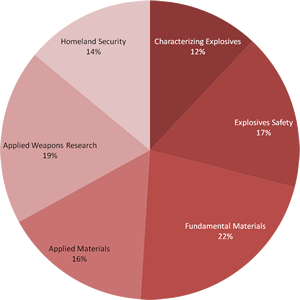About Proton Radiography
About pRad
The penetrating power of high-energy protons, like that of x-rays, makes them an excellent probe of a wide range of materials under extreme pressures, strains, and strain rates. The charge of the particles both affects scattering in interesting ways but allows them to be imaged with magnetic optics that give them unique advantages for penetrating radiography. The incredible efficacy and versatility of proton radiography also stems from the ability to produce multiple proton pulses in an accelerator coupled with multiple optical viewing systems that can result in 20-40 frame movies.
The invention of imaging proton radiography (pRad) is the direct result of the synergy between the Laboratory’s defense mission and basic science research scientists and supports the Laboratory’s national security science mission as well as provides for fundamental science discoveries.
A user program provides experimenters the opportunity to work at the 800-MeV Los Alamos Proton Radiography facility at the Los Alamos Neutron Science Center. The facility can handle both unclassified and classified experiments. There is a yearly call for proposals for experiments.
pRad Facility
The proton radiography effort at LANSCE has operated as a user facility since 2003 and has recently been designated as one of the three DOE user facilities at LANSCE. Each year a proposal call is distributed and the submitted proposals are reviewed by a program advisory committee.
pRad PAC

pRad User Demographics
The Program Advisory Committee (PAC) is responsible for determining the scientific merit of each experiment and ranking the set of proposed experiments. This ranking is then used to generate a schedule for the experiments, assuring the highest ranked experiments are executed.
The user community extends from the DOE-NNSA national laboratories (LANL, LLNL, SNL, ORNL) to international users (AWE, CEA and VNIIEF) and has recently grown to include DOD laboratories (ARL, Eglin AFB) as well as university interest (Harvard, Imperial College, Technical University of Darmstadt).
pRad as a National User Facility Program
Presently proton radiography at LANSCE is a dual use facility; this allows access for users interested in classified research as well external users interested in unclassified research. This user program will continue to provide a pool of scientific talent for recruitment into the national weapons program.

